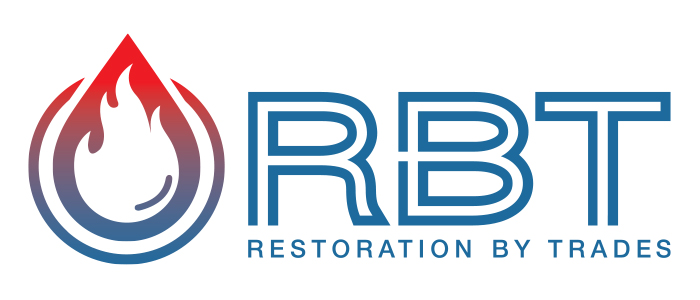In this guide, we will walk you through the steps to take when faced with water-related emergencies, helping you mitigate damage and protect your home.
1. Assessment and Safety First
The first step in handling any water-related emergency is to ensure safety. Before entering any water-damaged area, turn off the power to avoid electrical hazards. Assess the situation and determine the source of the water – whether it’s clean, contaminated, or potentially hazardous.
2. Shutting Off the Water Source
If the water damage is due to a burst pipe or plumbing issue, locate the main water shut-off valve and turn it off immediately. This can prevent further water influx and minimize the extent of the damage.
3. Document the Damage
Before you begin cleanup and restoration efforts, document the damage. Take photos or videos of the affected areas, including any valuable or high-value items that may have been impacted. This documentation can be crucial for insurance claims.
4. Contact Your Insurance Provider
Notify your insurance provider as soon as possible. Provide them with the documentation you’ve gathered and a detailed account of the events leading to the water damage. Understanding your coverage and initiating the claims process early can expedite the assistance you receive.
5. Water Removal and Drying Process
Promptly remove standing water using pumps or wet-dry vacuums. Thoroughly dry affected areas with the help of fans and dehumidifiers. Mold and mildew can start growing within 24-48 hours, so swift action is essential.
6. Professional Assistance
Consider hiring water damage restoration professionals, especially for extensive damage. They have the expertise, equipment, and experience to ensure thorough cleanup and restoration. Professionals can also help identify potential hidden issues that might exacerbate the damage.
7. Mould Prevention and Treatment
After water removal, focus on mold prevention. Clean and disinfect the affected areas, and use mold-resistant products. If mold is already present, seek professional assistance to ensure proper removal and prevent its recurrence.
8. Restoration and Repairs
Once the affected areas are thoroughly dried and cleaned, initiate the restoration process. Repair or replace damaged structures and materials, ensuring that your home returns to its pre-damaged state.
9. Future Prevention Measures
Learn from the experience and take steps to prevent future water-related emergencies. Regularly inspect and maintain plumbing, roof, and other vulnerable areas. Consider installing water detection devices and investing in home monitoring systems for added security.
Water-related emergencies can be overwhelming, but with a strategic approach and swift action, you can minimize the damage and restore your property. Being prepared, having a response plan, and knowing when to seek professional help are crucial aspects of handling water-related disasters effectively. Remember, the key is to act quickly and methodically to protect your home and belongings from the devastating effects of water damage.

